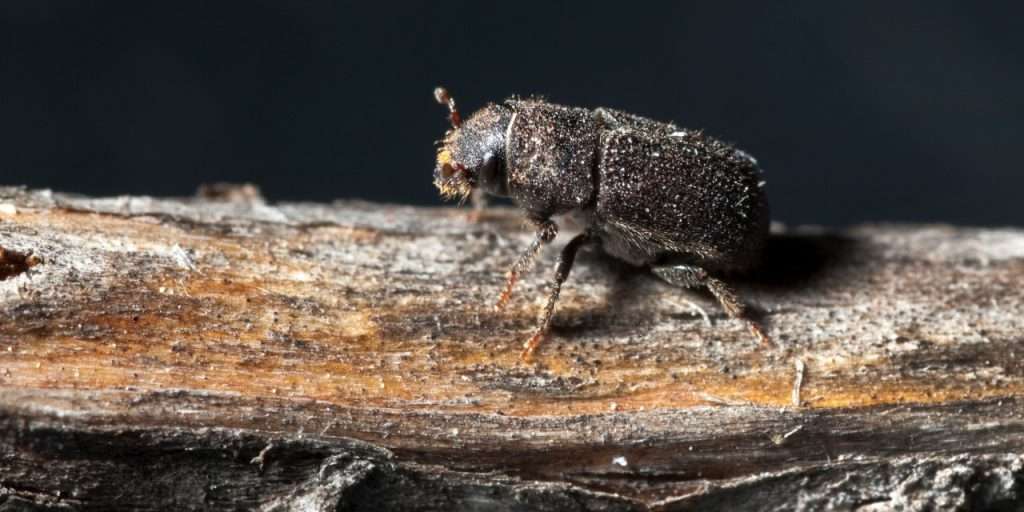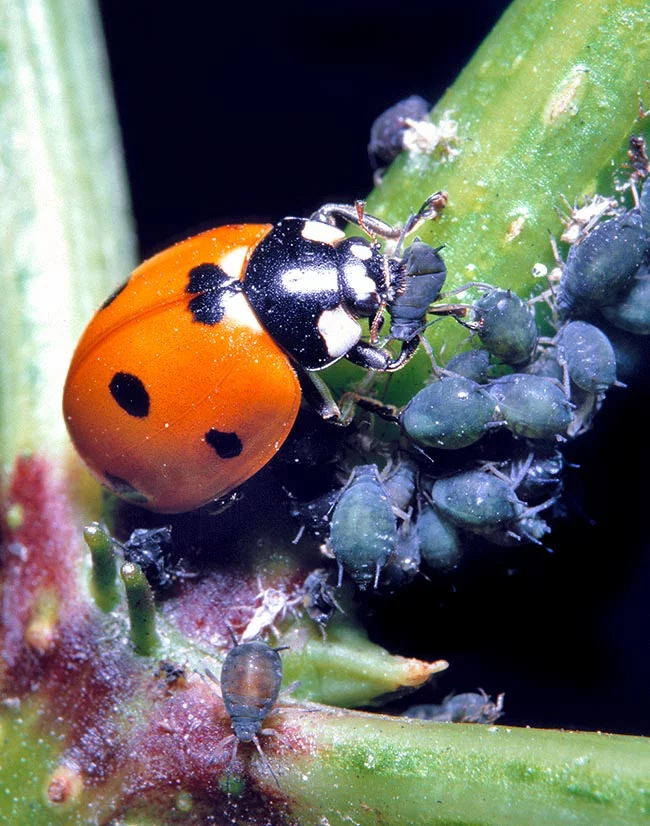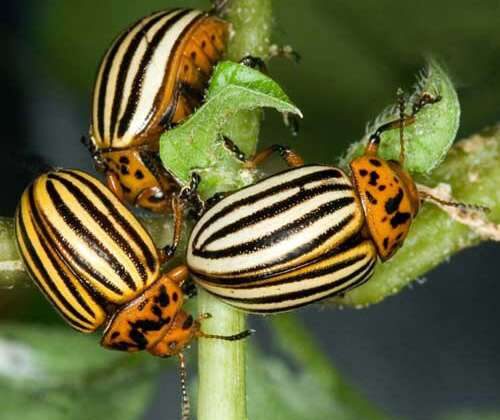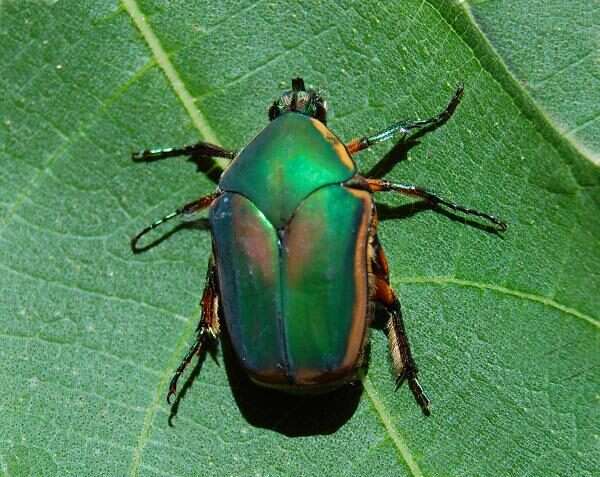
Western Canadian and American forests are home to the Dendroctonus ponderosae, a species of insect pest. In order to lay their eggs, the beetle digs tunnels under the bark of pine trees like the lodgepole pine and feeds on the inner bark of those trees. The mountain pine beetle typically prefers to attack sick or old trees because they are more difficult to defend against. The beetles can, however, assemble in large groups and begin attacking healthy trees when their population reaches a certain point. Because mountain pine beetle outbreaks can wipe out entire forests, it is crucial for the Canadian and American forest industries to control and monitor this pest.
Geographical Location
The mountain pine beetle, Dentroctonus ponderosae, is found throughout much of western North America. This species can be found from North Dakota west to the Pacific coast, as well as from British Columbia in the north to northern Mexico in the south. The mountain pine beetle’s range largely overlaps with that of forests containing Pinus ponderosa and other trees in the genus Pinus because D. ponderosae infests them.
Description of the body
- The length of Dendroctonus ponderosae, which is typically 5 mm, is black and cylindrical.
- The adult D. ponderosae differs from other bark beetles in that its hind wing has a gentle curve rather than other bark beetles’ typical pointed spines.
- The larvae of the mountain pine beetle often have white bodies and brown heads, whereas the eggs are typically white.
- The larvae lack legs as well since they spend their entire development under the bark of Pinus trees and don’t require legs for this.

Longevity
Dendroctonus ponderosae has a roughly one-year life cycle; however, it is quite climate-dependent. The lengthening of the larvael development stages to roughly two years occurs in higher latitudes or elevations due to the lower temperatures. The adult stage often lasts only a few days and involves traveling to a new tree, where they reproduce under the bark, after leaving the one in which they first developed.
Feeding Habits
Larvae of Dendroctonus ponderosae survive mostly on the phloem of the tree they live in. They eat in lines that are parallel to the egg galleries where they were born. Adults feed on extra tree tissues as well as fungal spores that other beetles have introduced into the tree after pupating inside the oval cells. As they emerge from the oval cells and move into the open, adults subsequently eat the tree’s bark.

Importance in Humans Life
Positive Role
There is no evidence that mountain pine beetles benefit people.
Negative Role
Massive numbers of trees are cut down as a result of mountain pine beetle infestations. Governments in the United States and Canada have contributed significant sums of money to eradication initiatives in an effort to reduce the enormous losses brought on by these infestations. Increased carbon emissions result from the death of Pinus trees in the absence of these initiatives or any future changes. In addition, the clearing of Pinus woods increases the amount of fuel for wildfires, which may be dangerous to people.
Why do they not keep them as pets?
No, they wouldn’t be a suitable pet. In reality, the ecosystem can be impacted by a significant mountain pine beetle invasion. Pine woodlands are ideal for them.
Table





